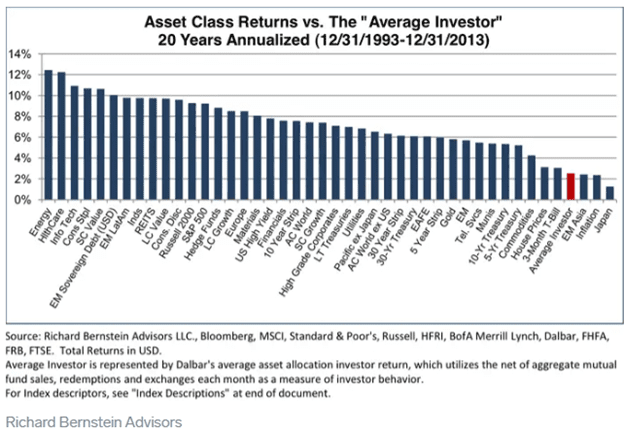4 Common Wealth Building Mistakes
Blog post
03/18/21Building wealth can be confusing and complex at times. To be successful, one must take a holistic approach, requiring an understanding of many different aspects of wealth management. Many of these components are intertwined. For example, ask yourself if you have a sound financial plan? If you answered yes, does the plan take into consideration future tax planning? Do you have a proper investment strategy in place for each of your goals and is that investment strategy taking the appropriate risk given your risk tolerance? These are just a few financial plan issues you should address when taking a holistic approach to building wealth. You should be able to answer yes to all of them if you are committed to building wealth. However, while building wealth can be complex, there are a few common mistakes which you should avoid:
MISTAKE #1: Missing out on an employer retirement plan match
We have talked about the wealth building potential of 401(k) plans in previous blogs. Many employers will match employee 401(k) contributions, either up to a portion of the employee’s total salary or less frequently, up to a certain dollar amount. If your employer offers a 401(k) match, and you are not taking advantage of this by making 401(k) contributions, you are essentially throwing away free money. Everyone should at least save enough to get the maximum employer match.
MISTAKE #2: Not saving early and often
Saving early in life can have a major impact on when someone achieves financial freedom. There is a famous quote from Albert Einstein which has stood the test of time, “Compound interest is the eighth wonder of the world. He who understands it, earns it … He who doesn’t … pays it.” What he is really referring to is the mistake of not saving early and often. On the flip side, if you have accumulated debt, you are paying interest and that has the opposite effect on wealth accumulation.
Below is a chart illustrating six scenarios, all of which achieve a future value of $1 million by 65. The only distinction between the six is the age at which they start saving and compounding their investments. If you start saving at 25, you only need to save $380.98 per month ($182,870 in total) until 65 to achieve $1 million. On the other hand, if you start saving at 50, you will need to save $3,154 per month ($567,890 in total) until 65 to achieve $1 million. That is quite a difference to end up in the same place at 65!

MISTAKE #3: Excessive trading in your account
There have been many studies done on excessive trading. These studies indicate that people who trade or turnover their portfolio at a higher rate tend to underperform on average. Investors possess many different emotional and cognitive behavioral biases, many of which contribute to excessive trading. These biases can hurt investment performance. One bias people face which can lead to excessive trading is overconfidence bias. People who have overconfidence bias believe they have more control over their investments than they really do and trade accordingly. Another bias that can negatively affect your investment performance is the recency bias, which is a cognitive bias which favors recent events in memory over historic ones. Other biases that affect unnecessary trading include loss aversion, confirmation bias and herd mentality, among others.
MISTAKE #4: Failing to have and stick with your investment strategy
When taking a holistic approach to building wealth, your investment strategy is an important piece of the puzzle. There are many different investment strategies, many of which have been shown to be successful over time, but no strategy is perfect. Investment strategies can have periods of time in which they go in and out of favor. One key for long term success is being disciplined and not deviating from your strategy during one of these periods. Too many times investors fall into the trap of switching and “throwing in the towel” on their strategy when it has been out of favor. Many times, this switch happens at the worst possible time and often right before the strategy starts working again.
Below is a bar chart which highlights this issue for the individual investor. The chart shows different asset class returns between 1994 and 2013. Notice the red bar among all the blue bars on the right side of the graph labeled “average investor”. The average investor had a return of just over 2% annually during those years. If the average investor had just bought and held almost any other asset class over those 20 years, they would have been better off. One of the reasons for this is the average investor falls into the trap of switching their investment strategy when it is out of favor. They end up chasing another strategy which has done better but which will soon be out of favor, or they don’t have any strategy at all and just follow the crowd to the hottest investment.

Success can be obtained by simply avoiding certain behaviors, and not just by things you proactively do. By avoiding these four mistakes, you can lay the foundation for a successful wealth building strategy. A few smart decisions early on can play a significant role in your financial success later in life.